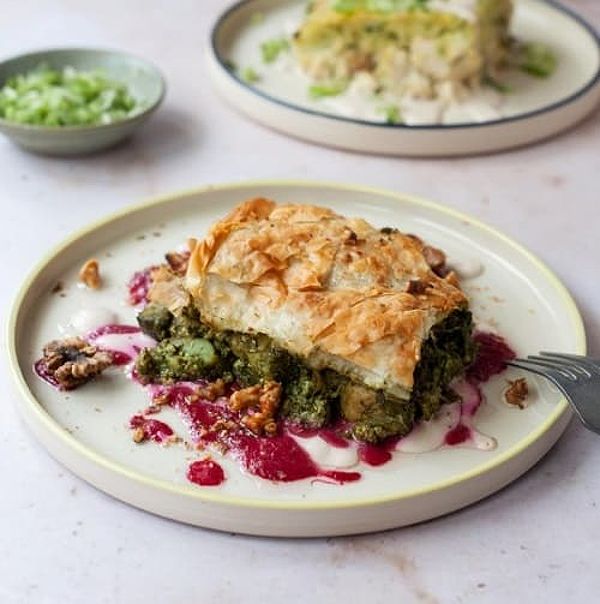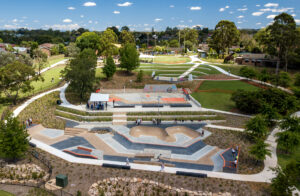The Highlands Carlingford
Journey Through Ireland’s.
Hidden Stories and
Scenic Secrets!
What Topic Will You Discover Today?
From captivating history and mouth-watering cuisine to must-visit spots, dive into a world of wonders waiting to be explored!
Unlock the Secrets
Explore Our Latest Articles and Insights!
-
Top 10 Cafés in Carlingford: Where to Sip, Snack & Soak in the Views
Introduction Carlingford’s café scene is the perfect blend of cozy charm, artisan coffee, and scenic views. Whether you’re warming up after a Greenway cycle, seeking a peaceful corner for pastries,…
-
Carlingford Chinese Restaurants: Ranked & Reviewed for Flavour and Experience
Introduction Craving bold flavours and wok-fresh cuisine on your visit to Carlingford? The village may be better known for its Irish charm, but it also boasts a handful of Chinese…
-
Escape Room Carlingford: Puzzle Your Way to Victory
Introduction Looking for a fun, fast-paced challenge that gets your brain ticking and your heart racing? Step into the world of Escape Room Carlingford — an exciting indoor adventure perfect…
-
Carlingford Lough Ferry: Scenic Crossings Between Greenore & Greencastle
Introduction Connecting the Cooley Peninsula in County Louth with the Mourne Mountains in County Down, the Carlingford Lough Ferry offers a scenic and time-saving way to cross the Irish border…
-
Carlingford Kayaking: Paddle Through Beauty, History & Adventure
Introduction Kayaking in Carlingford offers a magical way to experience the town’s stunning natural landscape from a fresh perspective. Whether you’re gently paddling along the shore of Carlingford Lough or…
-
Carlingford Kids Activities: Fun for the Whole Family
Introduction Whether you’re visiting for the weekend or planning a school holiday escape, Carlingford offers a wide range of kid-friendly activities that combine fun, learning, and adventure. From outdoor thrills…
-
Kids-Friendly Cafés in Carlingford: Tasty Stops for Little Foodies
Introduction Finding the perfect spot to relax with a coffee while the kids stay happy is a must for families visiting Carlingford. Luckily, several kid-friendly cafés in Carlingford strike the…
-
Carlingford Park Guide: Where Nature, Play & Views Come Together
Introduction While Carlingford is known for its medieval streets and scenic coastline, Carlingford Park offers a peaceful and playful green space for families, walkers, and nature lovers. Nestled near the…
-
Carlingford Spa Guide: Relaxation & Wellness by the Lough
Introduction Surrounded by mountains, water, and fresh sea air, Carlingford is an ideal destination for spa lovers seeking rest, recovery, and a little indulgence. Whether you’re treating yourself after a…
















